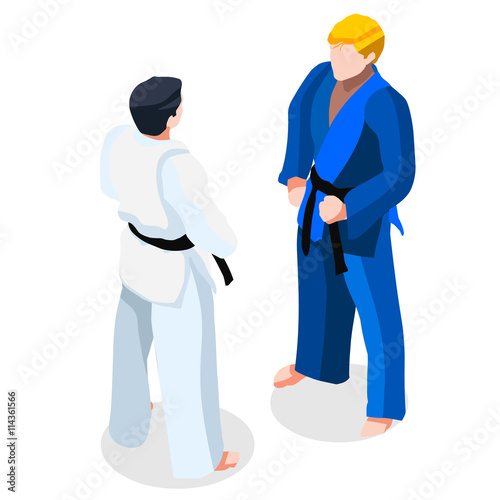Exactly How Do Typical Martial Arts Emphasis On Self-Control Contrast To Contemporary Fight Sporting Activities Focus On Competitors? Discover The Vital Distinctions That Can Form Your Trip
Exactly How Do Typical Martial Arts Emphasis On Self-Control Contrast To Contemporary Fight Sporting Activities Focus On Competitors? Discover The Vital Distinctions That Can Form Your Trip
Blog Article
Content Create By-Thuesen Rocha
When you think of martial arts, do you lean much more towards the standard methods or the modern fight sporting activities? Each course supplies distinct benefits and experiences, formed by their approaches and training approaches. Conventional martial arts emphasize individual development and self-control, while modern battle sporting activities concentrate on competition and efficiency. Recognizing these distinctions can lead you in selecting the appropriate strategy for your journey. But exactly how do these distinctions manifest in training and ideology?
The Philosophy and Background Behind Typical Martial arts
While many people connect martial arts with physical combat, the approach and background behind typical martial arts run much deeper. You'll locate that these techniques emphasize personal growth, self-control, and respect.
Stemming from ancient techniques, typical martial arts were frequently established for Self-Defense and spiritual advancement. They embody concepts such as balance, harmony, and self-control, directing professionals beyond plain fighting abilities.
As you train, you'll not just discover methods yet also get insights right into the society and values that shaped these arts. The rituals and customs, typically passed down through generations, promote a feeling of area and belonging.
The Competitive Nature of Modern Battle Sports
Modern fight sporting activities have actually changed the landscape of martial arts into a highly affordable sector, where athletes challenge in a test of ability, strategy, and endurance.
mouse click the next web site 'll notice that competitors are typically organized with strict regulations and laws, making sure justice and security. These occasions attract big target markets, fueling the enjoyment and strength of matchups.
Athletes train carefully, not just for physical prowess yet likewise for psychological durability, understanding that every detail counts in the ring. The adrenaline thrill during competitors is apparent, as fighters press their limits to assert success.
Followers value the athleticism and virtuosity included, making modern battle sporting activities a thrilling phenomenon that remains to progress and mesmerize enthusiasts around the globe.
Training Methods and Techniques: A Relative Evaluation
The competitive environment of contemporary combat sporting activities demands innovative training techniques that differ dramatically from standard martial arts.
In modern-day training, you'll focus on certain methods, sparring, and conditioning, typically making use of drills that mimic genuine fight circumstances. visit the up coming internet page 'll see an emphasis on quantifiable efficiency and constant competitors to evaluate your abilities.
In contrast, standard martial arts prioritize forms, katas, and thoughtful mentors, commonly emphasizing technique and regard over competitors.
Training is usually less intense and may include repeated method instead of real-time sparring.
While both strategies build skill and fitness, modern battle sports offer a much more vibrant and versatile training setting, preparing you for immediate obstacles in the ring or cage.
Choose the course that aligns with your objectives and rate of interests.
Final thought
In picking in between traditional martial arts and modern fight sporting activities, it really comes down to what you value most. If you're seeking personal development, self-control, and a sense of neighborhood, conventional arts might be your ideal fit. But if you grow on competition and real-time challenges, modern-day combat sports could be the means to go. Ultimately, both paths supply special benefits, so it's all about aligning your training with your individual objectives and rate of interests.
